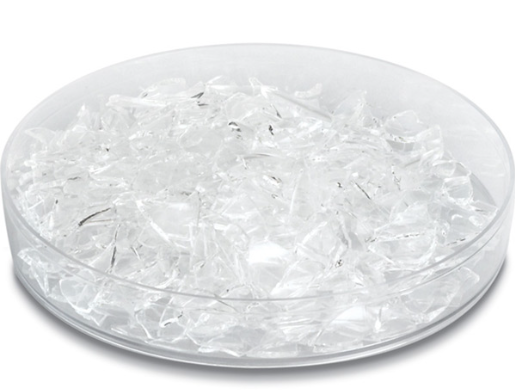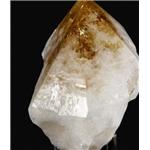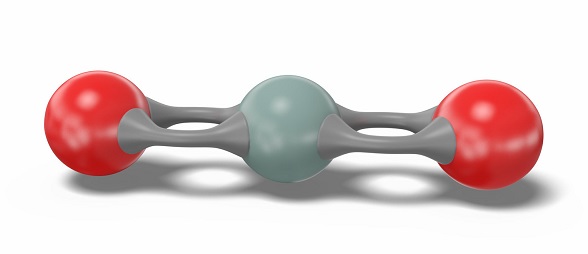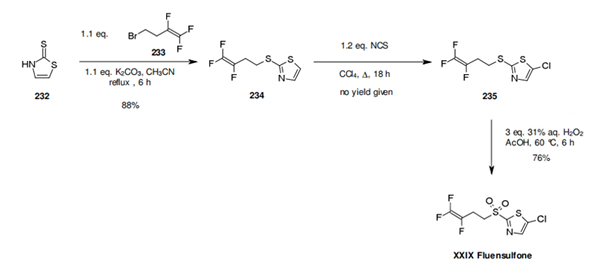Is Silicon Dioxide safe as a food additive?
Description
Silicon dioxide (SiO2), also known as silica, is a natural compound made of two of the earth's most abundant materials: silicon (Si) and oxygen (O2). Silicon dioxide is most often recognized in the form of quartz. It's found naturally in water, plants, animals, and the earth. The earth's crust is 59 percent silica. It makes up more than 95 percent of known rocks on the planet. When you sit on a beach, silicon dioxide in the form of sand gets between your toes.

Uses
It's even found naturally in the tissues of the human body. Though it's unclear what role it plays, it's thought to be an essential nutrient our bodies need. Silicon dioxide is found naturally in many plants, such as leafy green vegetables, beets, bell peppers, brown rice, oats, and alfalfa.
Silicon dioxide is also added to many foods and supplements. As a food additive, it is an anticaking agent to avoid clumping. In supplements, it prevents the various powdered ingredients from sticking together. In practical applications, silicon dioxide is mainly used as an anticaking agent in egg powder, milk powder, cocoa powder, cocoa butter, powdered sugar, vegetable fat powder, instant coffee, powdered soup seasonings, and powdered flavorings. Powdered foods stick together and clump due to temperature changes, increased humidity, or stacking between packages during storage, which affects product quality and shelf life.
Safety
As with many food additives, consumers often have concerns about silicon dioxide as an additive.
While the name may seem unfamiliar, silicon dioxide is a natural compound. Many studies suggest there is no cause for concern when people consume silicon dioxide in normal doses, such as the small amounts that manufacturers put in food products to prevent caking.
A review by the European Food Safety Authority (EFSA)Trusted Source goes over the results of studies on silica as a food additive. In animal models, researchers noted no accumulation of silicon after the animals repeatedly ate silica. People should also note that there are different grades of silica. For instance, the silica found as a food additive is not the same grade of silica that producers use to make cement.
The Food and Drug Administration (FDA) in the United States also regulates how companies use silica in food. The FDA regulations allow manufacturers to include silicon dioxide as a food additive if they only use the smallest amount they need and the amount does not exceed 2% of the weight of the food.
According to the "National Food Safety Standards for the Use of Food Additives" (GB 2760-2011), the maximum usage amount for egg powder, milk powder, cocoa products, dehydrated egg protein products, sugar powder, vegetable fat powder, solid drinks, and maternal formula foods is 15g/kg. The maximum usage for spices and solid compound seasonings is 20g/kg, while for soybean product processing, it is 0.025g/kg.
You may like
See also
Lastest Price from Quartz manufacturers

US $10.00/ASSAYS2025-08-21
- CAS:
- 14808-60-7
- Min. Order:
- 1ASSAYS
- Purity:
- 99%
- Supply Ability:
- 1 ton

US $999.00-666.00/kg2025-04-21
- CAS:
- 14808-60-7
- Min. Order:
- 1kg
- Purity:
- 99%
- Supply Ability:
- 5000



